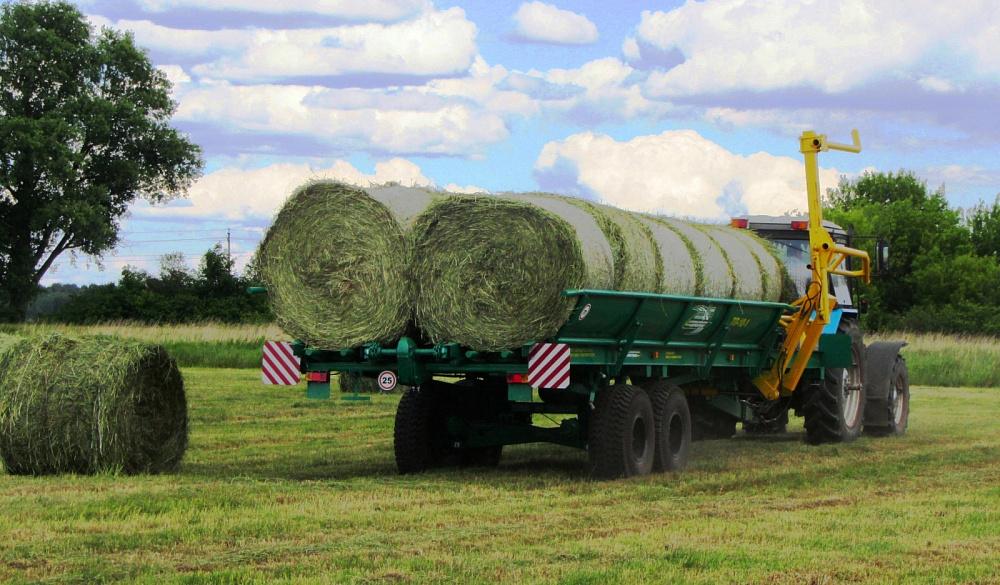Alfalfa Hay: A Valuable Forage Crop for Livestock

Ideal Growing Conditions for Alfalfa Production
Alfalfa grows best in well-drained, moderately fertile soils with a neutral to slightly alkaline pH ranging from 6.5 to 7.5. It has deep roots that can extract nutrients and moisture from subsoil layers. For successful stands, alfalfa requires at least 20 inches of annual rainfall or supplemental irrigation. The optimal temperature range for growth is between 55-75 degrees Fahrenheit. Alfalfa is well-adapted to a wide range of climates and soil types across North America as long as moisture is adequate. Proper soil preparation, seeding, weed control, and harvesting management are important to maximize yields over the life of the alfalfa stand. With the right conditions, alfalfa can produce high-quality hay for 5-7 years or longer before replanting is needed.
Establishing and Managing Alfalfa Stands
Successful Alfalfa Hay establishment begins with seedbed preparation in the spring or late summer. The soil should be firm, with good seed-to-soil contact to promote rapid germination. Inoculation with the proper Rhizobium bacteria is critical, as alfalfa relies on a symbiotic nitrogen-fixing relationship with these bacteria. Seeding rates vary depending on seeding equipment but are typically between 12-25 pounds of seed per acre. Weed control is vital during establishment, as many weeds are competitive with the alfalfa seedlings. Once established, proper harvest management helps maximize yield and stand longevity. Alfalfa is typically cut when it reaches 1/10 bloom, or cut on a 28-35 day schedule during the growing season. This harvest schedule allows for regrowth while maintaining high forage quality.
Hay Production and Harvest Techniques
After establishment, alfalfa stands can remain productive for 5-7 cuttings per year depending on location and growing conditions. Each cutting will yield 1-4 tons of air-dry hay per acre. Proper swathing and drying techniques are important to reduce dry matter and nutrient losses during harvest. Hay is considered dry enough for baling or stacking when it reaches below 20% moisture content. Raking helps accelerate drying by loosening the windrow. Weather conditions determine drying rates, with ideal conditions being sunny, low humidity, and winds of 5-10 mph. After drying, hay can be baled as small rectangular bales or large round bales for storage and feeding. Some producers harvest as green-chop or graze the field after each cutting to reduce harvest costs.
Get more insights, On Alfalfa Hay
- Art
- Causes
- Crafts
- Dance
- Drinks
- Film
- Fitness
- Food
- Oyunlar
- Gardening
- Health
- Home
- Literature
- Music
- Networking
- Other
- Party
- Religion
- Shopping
- Sports
- Theater
- Wellness
- IT, Cloud, Software and Technology


